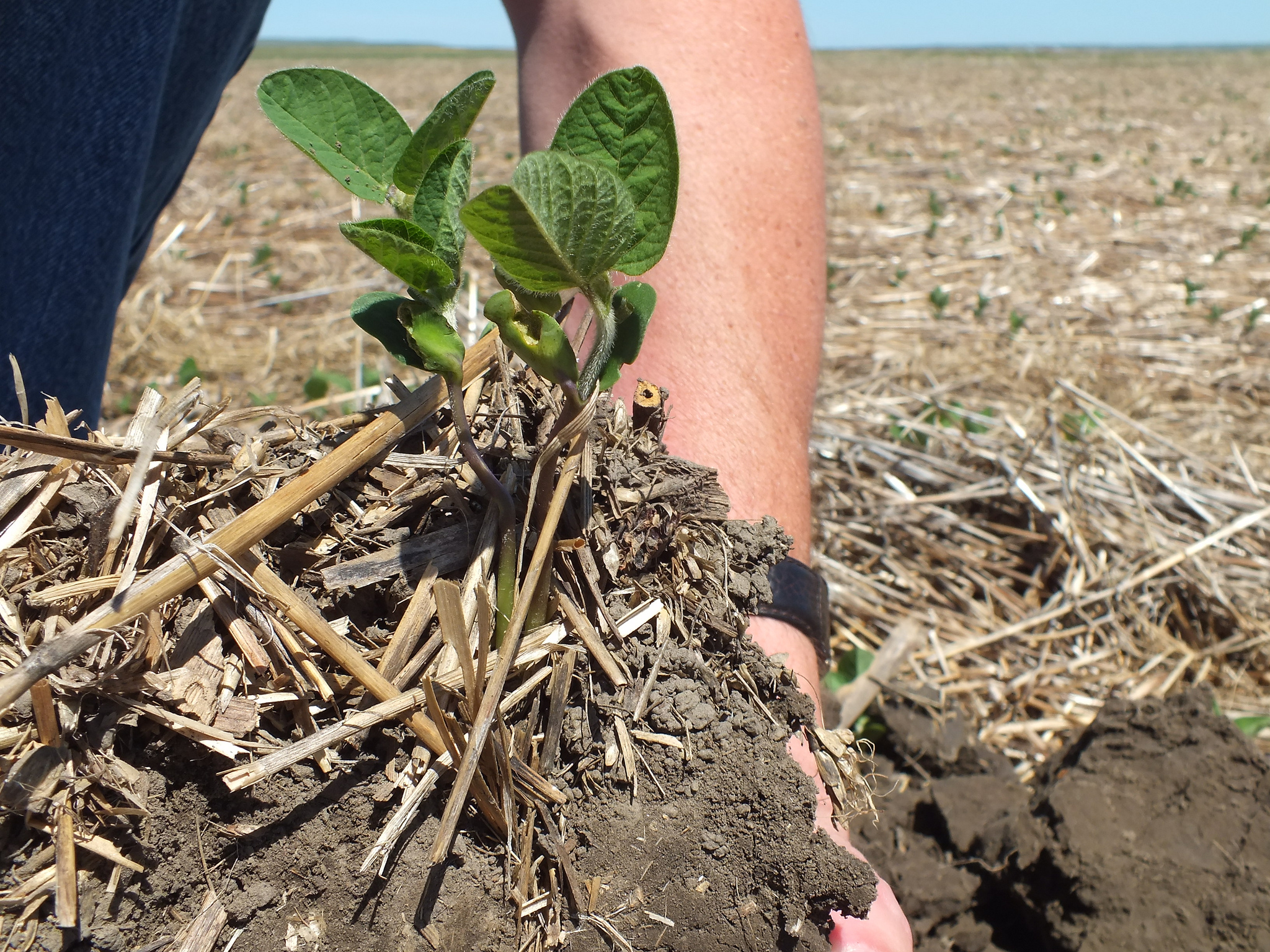Beyond the Beginning: The Zero Till Evolution
Introduction: A Biological System Evolves
The risk-takers of past decades who were among the first to park plows and cultivators – believing they could plant crops into untilled stubble and still harvest good yields – may have never dreamed they’d launch a farming revolution. Yet their cumulative efforts worldwide have done just that.
“Increasing numbers of farmers are converting to no-till, making it a global phenomenon,” says Jon Hanson, newly retired research director of the USDA Agricultural Research Service Northern Great Plains Research Laboratory at Mandan, North Dakota. “In South America farmers are adopting no-till in a big way, and worldwide 95 million hectares [235 million acres] are in no-till. No-till is helping to conserve soil around the globe.”
The modern no-till movement on large-scale farms became possible with the invention of herbicides, such as 2, 4-D and paraquat in the 1940-50’s, permitting weed control without tillage. The absence of tillage results in a residue mulch covering the soil surface and requiring seeding practices or equipment designed to sow directly into mulch-covered soil.
The no-till system retains more than 90 percent of crop residue on the soil surface. By contrast, the moldboard plow retains less than 10 percent of residue; the chisel plow and disk retain between 25 and 75 percent of residue; while ridge-planting and strip-till planting systems retain 40 to 60 percent of residue.
Download the Report from the Manitoba-North Dakota Zero Tillage Farmers Association

